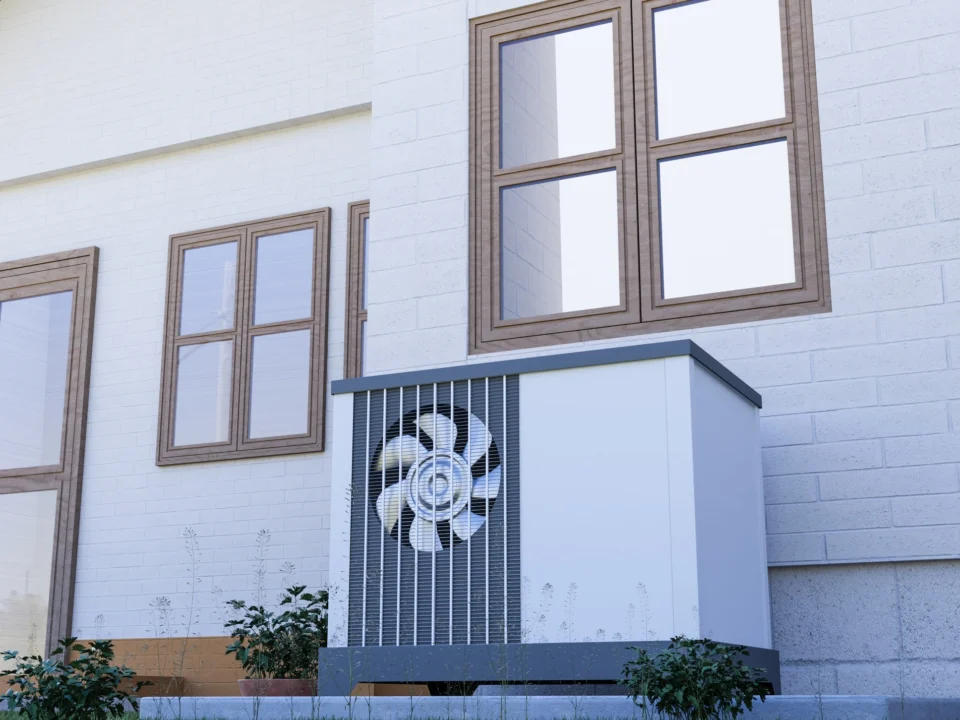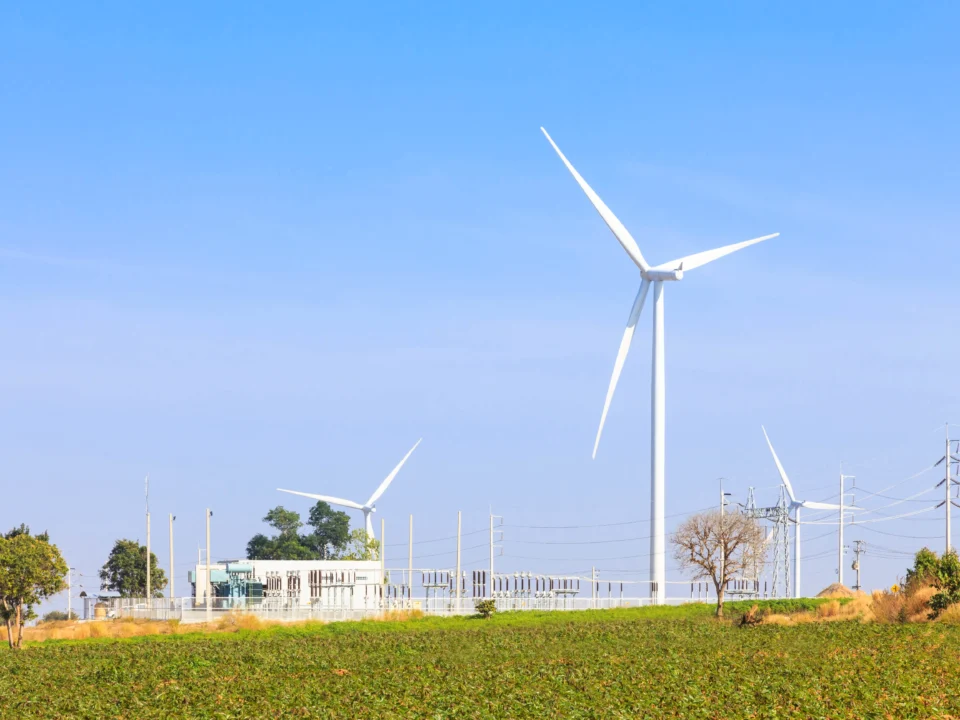Critically, sun-based advances are being viewed as a way to help decarbonize warming, which is notable for being a languid area with regards to decarbonization. In 2021 there were almost 67,000 sun powered PV and sunlight based warm establishments licensed by the
Microgeneration Certification Scheme, beating the quantity of hotness siphon establishments, which came to around 24,000 establishments.
Strangely the last quarter of 2021 was the most grounded of the year for sun-based PV. This
wasn’t normal as the last quarter of the year has less long stretches of sunlight, however, it didn’t appear to have an effect on the form of tasks and locales.
The greatest commitment of all came from ground-mounted sunlight-based ranches. Eight
average size sun-oriented ranches were constructed, amounting to 142MW, with four of these in the 20-30MW territory. There were additionally seven more modest destinations in the 1-10MW territory, subsidized and claimed by open area elements, for example, NHS, research
establishments, neighborhood gatherings, and the MoD.
The figures uncovered by Solar Energy UK imply that the UK is on course to twofold its sun
oriented limit by 2030, yet this should be trebled assuming the UK is to meet its net-zero
the objective for 2050.
There are indications of gigawatt in addition to levels of yearly sunlight-based increments later on, as per Finlay Colville, head of the examination at Solar Media Ltd.
Late sure improvements, for example, the new structure guidelines happening in June of this
current year and the transition to yearly renewables closeouts will likewise help the market.
New Homes and structures should create altogether less CO2 outflows under new guidelines
being acquainted by the public authority with assistance the nation move towards net zero.
As of now, warming and controlling structures makeup 40% of the UK’s complete energy use.
The new guidelines will imply that CO2 outflows from new form homes should be under 30%
settle for what is the most convenient option and emanations from other new structures, including workplaces and shops, should be decreased by 27%.
Introducing low carbon innovation, for example, sunlight-powered chargers and hotness siphons as well as involving materials in a more energy-effective method for keeping in hotness will assist with cutting discharges. Thus this will assist with bringing down the expense of energy bills for families as well as assisting with conveying the UK’s environmental change desires.
The sun-powered industry is drawing in new players and new cash with various connections
being laid out pre-work, during development, and post-assemble. Not since the early
development phase of 2010-2015 has the UK sun-powered market been so dynamic.




